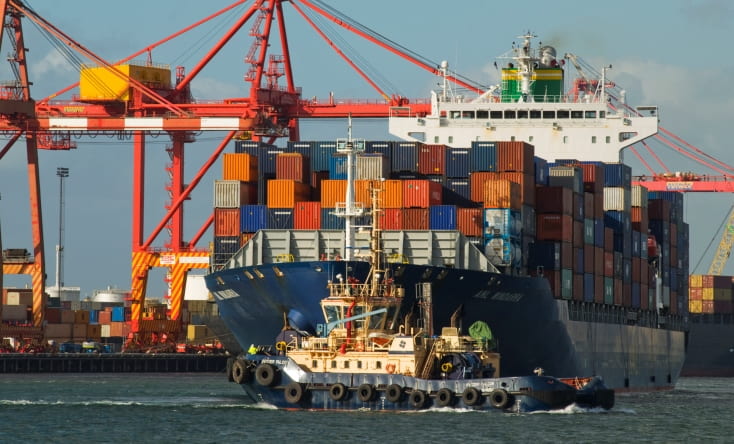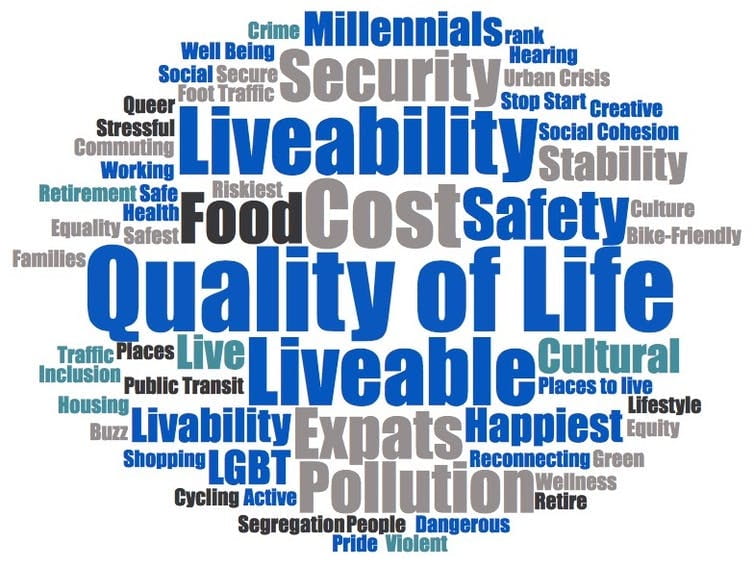Towers: an engineering journey
For the last project in Science this year; a spaghetti tower. A common school sight, these towers were surprisingly difficult to design. We were tasked with creating a tower at least 60 cm tall, with a base of 30cm * 30cm maximum. The top of the tower had to be 5cm * 5cm, able to fit a piece of paper. Then, they had to be earthquake resistant. For this assessment, we were given $60, with one spaghetti stick costing $1, and one gram of blu-tack costing the same.
The process of designing these towers was one filled with challenges; from how to actually stick spaghetti together with blu-tack to how to stop the tower tipping over completely. We went with a triangular design in the end, with rotating equilaterals going up to the 60cm mark. We then added more rotated triangles on the bottom layer to give it more weight, stopping it from tipping over. In the end, our tower was substantially more stable than I thought was achievable, and was practically immune to the shaking table.
As this was a group project, well, we were in groups. For me, I went with Kevin T. and Sau Yu C. We worked efficiently and were organised between us; with each of us filling out our roles. Sau was the reporter: an important role, keeping the project on track to be finished by the time needed. He also did some testing at home, speeding along our prototype. I was our project manager and speaker, organising what each person needed to do and overseeing the design, as well as asking for help when needed. Kevin was the equipment manager; making sure we didn’t go over budget and keeping our project realistic.
Overall, this was a great project, and while it may seem daunting with a $60 budget, it’s easier than it sounds.













